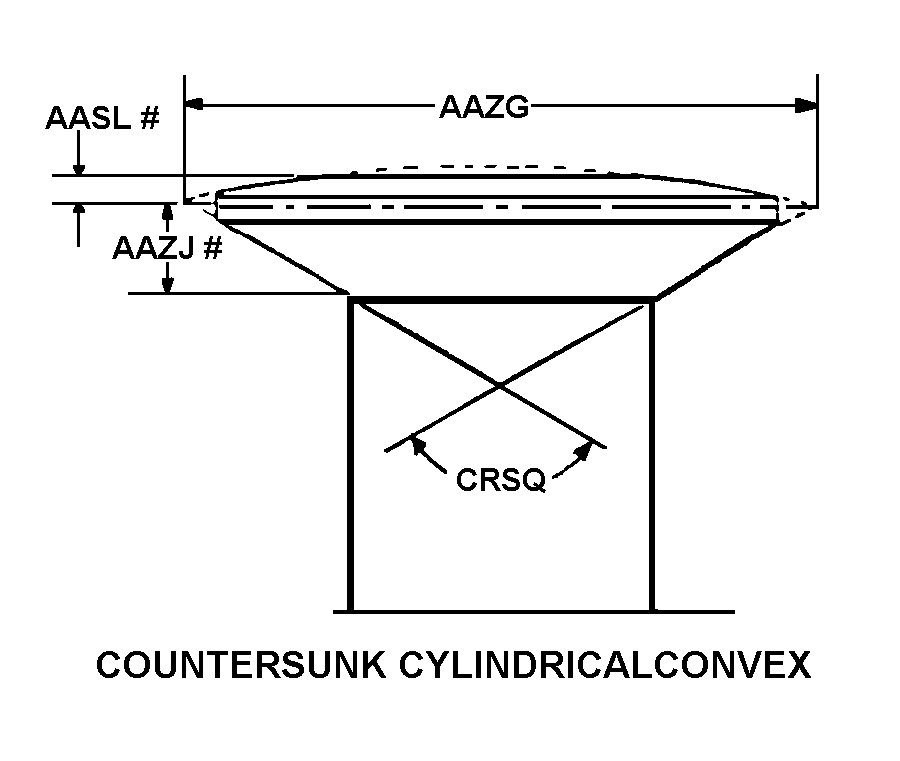5306013890255
Price Quote Get an up to date pricing and availability quote for this product. Order online or over the phone.
Quality Commitment
Serving our customers with quality and safety first.
- AS9120 Certified
- Audited supply chain
- ITAR Registered
- DDTC Registered
- HAZMAT Certified
- Customer service objectives
- Every product 100% inspected

5306-01-389-0255 Specification Set by the OEM (see RNCC code 3)
3a
RIGHT-Hand
0.725in. and 0.864in. ⁓7/8"
1.295in. ⁓1-19/64"
countersunk cylindrical convex
0.402in.
hexagon
pacer dawn
0.250in. ⁓1/4"
0.141in. ⁓9/64"
28
100.0 degrees
o" ring synthetic rubber per MIL-R-6855, cl i, grade 60:5306-010 bolts are intended for use with 5310-039 receptacle, 5365-010 ring and 5325 -014 grommet
steel comp 631 spring
MIL-S-5626 mil spec 1st material response fastener or MIL-S-6049 mil spec 2nd material response fastener
passivate spring
QQ-P-416, type ii, cl 2 fed spec single treatment response fastener
unf
Cross Reference Parts Part numbers that meet the specification outlined on this page and set by the OEM
Identification Item Identification Guide (IIG) and Item Name Code (INC)


Definition Definition of approved item name (AIN): "BOLT,INTERNAL WRENCHING"
An externally threaded fastener whose threaded portion is of one nominal diameter, no. 10 (0.190 in.) (5 mm) or larger. It is designed with an internal socket or internal multiple spline for use with an internal driver. The head is beveled (conical) or cylindrical in shape. Items with cylindrical shaped heads must have an externally relieved body. A locking feature may be incorporated in the design of the head or threads. See also screw, cap, socket head. Excludes setscrew; screw, shoulder; bolt, shoulder; screw, externally relieved body; bolt, externally relieved body; and screw, machine.
5306-01-389-0255 Material Hazmat, Precious Metals, Criticality, Enviroment, and ESD
Indicates there is no data in the hmirs and the nsn is in a fsc not generally suspected of containing hazardous materials.
Item does not contain precious metal.
Represents items with no adp components
The item does not have a nuclear hardened feature or any other critical feature such as tolerance, fit restriction or application.
Identification Codes
HMIC: Hazardous Material Indicator Code. A one position code that identifies a hazardous item.
PMIC: Precious Metal Indicator Code. A one position code which identifies items that have precious metals as part of their content. precious metals are those metals generally considered to be uncommon, highly valuable, and relatively superior in certain properties such as resistance to corrosion and electrical conductivity.
ESD: Electrostatic Discharge. Indicates if an item is susceptible to electrostatic discharge or electromagnetic interference damage. electrostatic discharge damage occurs when an accumulation of static electricity generated by the relative motion or separation of materials is released to another item by direct contact. electromagnetic interference damage occurs when an item comes into proximity with an electrostatic or magnetic field.
ENAC: Enviromental Attribute Code. Identifies items with environmentally preferred characteristics.
CRITL: Criticality Indicator Code. Indicates an item is technically critical by tolerance, fit, application, nuclear hardness properties, or other characteristics.






